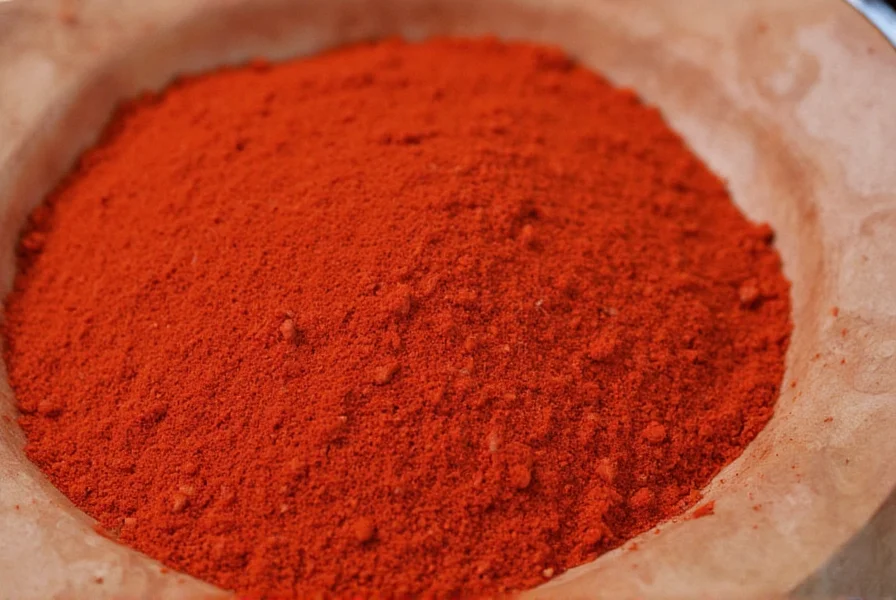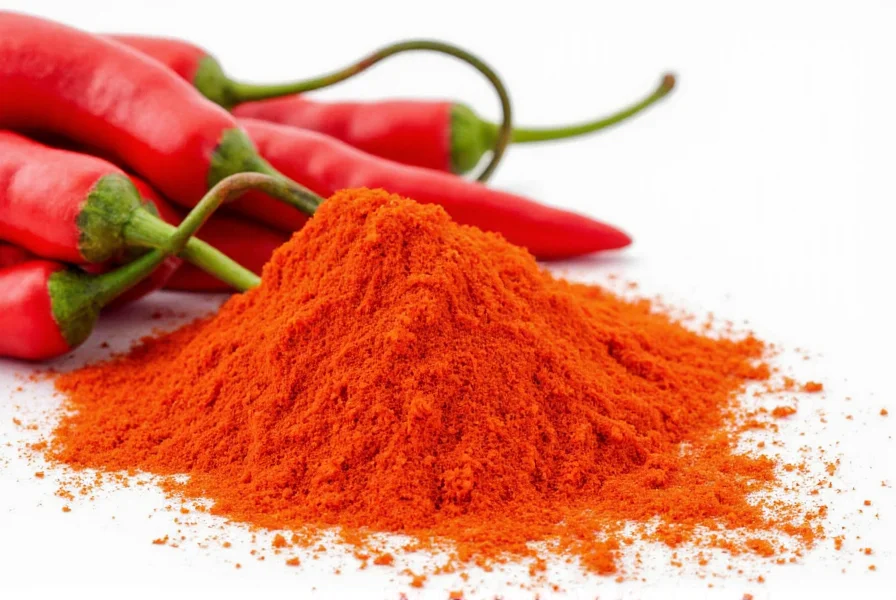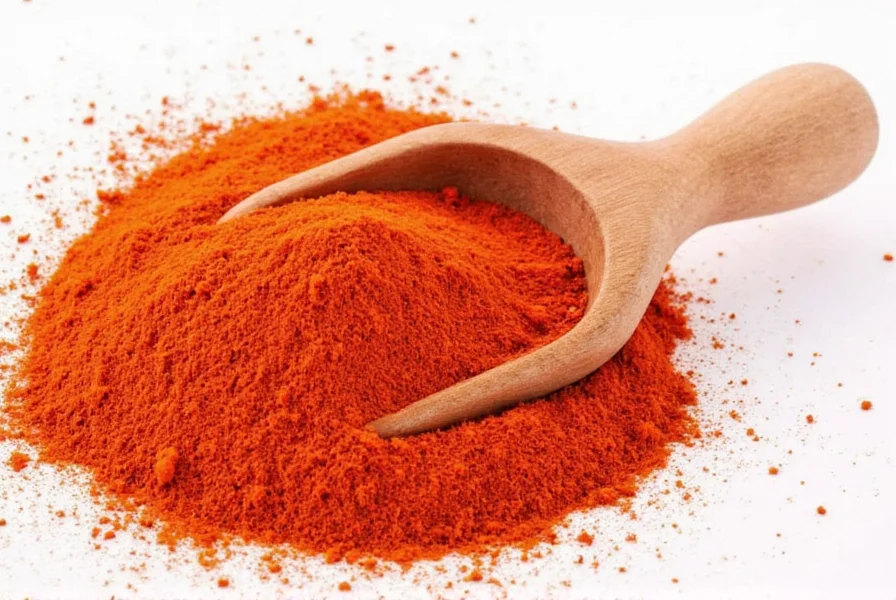Cayenne pepper extract represents a concentrated phytochemical preparation derived from Capsicum annuum varieties. Unlike culinary cayenne powder, standardized extracts contain precisely measured capsaicin concentrations, typically ranging from 0.25% to 1% in commercial preparations. This concentration standardization enables reliable research and consistent therapeutic applications, making it valuable for scientific investigation into its biological properties.
Scientific Composition and Extraction Process
The extraction process significantly impacts the final product's quality and efficacy. Modern methods typically employ solvent extraction using ethanol or supercritical CO2 to isolate capsaicinoids while preserving other beneficial compounds like flavonoids and carotenoids. High-quality cayenne pepper extract maintains a balanced profile of capsaicinoids including:
- Capsaicin (the primary active compound)
- Dihydrocapsaicin
- Nordihydrocapsaicin
- Homocapsaicin
- Homodihydrocapsaicin
These compounds work synergistically through the TRPV1 receptor pathway, which explains many of the extract's physiological effects. The Scoville Heat Unit (SHU) measurement for standardized extracts typically ranges from 30,000 to 60,000 SHU, substantially higher than regular cayenne powder's 30,000-50,000 SHU range due to concentration effects.

Evidence-Based Health Applications
Research on cayenne pepper extract focuses primarily on its capsaicin content and associated physiological mechanisms. Current scientific understanding supports several potential applications:
Pain Management Research
Topical cayenne pepper extract formulations have received the most robust scientific validation. The American Academy of Neurology guidelines recognize high-concentration (8%) capsaicin patches as effective for postherpetic neuralgia. Lower concentration extracts (0.025%-0.075%) show moderate evidence for osteoarthritis and neuropathic pain relief through TRPV1 receptor desensitization.
| Application | Evidence Level | Recommended Concentration | Time to Effect |
|---|---|---|---|
| Topical pain relief | Strong (AAN Level B) | 0.025%-8.0% | 2-4 weeks |
| Metabolic support | Moderate (inconsistent) | 2-6 mg capsaicin | Acute effects |
| Cardiovascular health | Preliminary | Varies | Long-term studies needed |
Metabolic and Weight Management Studies
Research on cayenne pepper extract for weight management shows mixed results. A 2022 meta-analysis in Nutrition Reviews found that acute capsaicin administration increased energy expenditure by approximately 50 kcal/day and reduced appetite. However, long-term weight loss effects remain statistically insignificant in most clinical trials. The thermogenic effect appears most pronounced in individuals with lower baseline metabolic rates.
Cardiovascular Research Insights
Emerging research suggests potential cardiovascular benefits from regular cayenne pepper extract consumption. A longitudinal study published in the American Journal of Clinical Nutrition observed a 13% lower incidence of cardiovascular mortality among regular chili consumers. Proposed mechanisms include improved endothelial function and modest blood pressure reduction, though more rigorous clinical trials are needed to confirm these findings.

Safety Profile and Considerations
While generally recognized as safe (GRAS) by the FDA in culinary amounts, concentrated cayenne pepper extract requires careful usage considerations:
Common Side Effects
Oral consumption may cause gastrointestinal discomfort, particularly at higher doses. Topical application frequently produces initial burning sensations that typically diminish with repeated use. Other potential side effects include:
- Temporary skin redness and irritation (topical use)
- Heartburn or stomach upset (oral consumption)
- Nasal congestion when handling powdered extracts
- Increased sensitivity to heat during initial adaptation
Contraindications and Precautions
Certain populations should exercise caution with cayenne pepper extract:
- Individuals taking blood thinners (potential interaction with anticoagulants)
- Those with gastrointestinal ulcers or inflammatory conditions
- People using ACE inhibitors (possible blood pressure interactions)
- Pregnant or breastfeeding women (limited safety data)
The European Food Safety Authority recommends maximum daily intake of 0.25 mg capsaicin per kilogram of body weight for supplemental use. Most standardized extracts provide dosage recommendations based on capsaicin content rather than volume.
Quality Assessment and Selection Guidelines
Not all cayenne pepper extract products deliver consistent quality. When evaluating options, consider these evidence-based selection criteria:
- Capsaicin concentration standardization (look for 0.25%-1% specification)
- Third-party testing verification for purity and potency
- Extraction method transparency (CO2 extraction generally preferred)
- Full spectrum versus isolated capsaicin formulations
- Presence of additional quality markers like HPLC analysis reports
Reputable manufacturers typically provide certificate of analysis documentation showing exact capsaicinoid profiles. Products labeled as "standardized to X% capsaicin" offer more reliable dosing than those specifying only "cayenne pepper extract" without concentration details.
Practical Usage Recommendations
For those considering cayenne pepper extract supplementation, evidence-based usage guidelines include:
- Start with low doses (500-1000 SHU equivalent) to assess tolerance
- Take oral supplements with food to minimize gastrointestinal effects
- Allow 4-6 weeks for potential metabolic effects to manifest
- Wear gloves when handling concentrated topical preparations
- Discontinue use if severe adverse reactions occur
Current research suggests that consistent, moderate consumption yields better results than occasional high-dose usage. The optimal timing of consumption remains unclear, though some studies indicate potential benefits from taking cayenne pepper extract before meals for appetite regulation.
Conclusion
Cayenne pepper extract represents a scientifically interesting phytochemical preparation with several evidence-supported applications, particularly in topical pain management. While popular health claims often exceed current scientific validation, ongoing research continues to clarify its potential therapeutic roles. As with any bioactive compound, appropriate dosing, quality considerations, and awareness of individual responses remain crucial for safe and potentially beneficial use. Future research directions include standardized clinical trials examining long-term effects and optimal delivery methods for specific health applications.
Frequently Asked Questions
What's the difference between cayenne pepper extract and cayenne powder?
Cayenne pepper extract contains concentrated capsaicin (typically 0.25%-1%) through specialized extraction processes, while cayenne powder is simply ground dried peppers with natural capsaicin variation (0.1%-0.4%). Extracts provide standardized potency for research and therapeutic use, whereas powder's strength varies by pepper source and growing conditions.
How long does it take to experience benefits from cayenne pepper extract?
Topical pain relief typically requires 2-4 weeks of consistent use to achieve maximum benefit as TRPV1 receptors gradually desensitize. Metabolic effects may be noticeable within hours of consumption but require regular use for sustained impact. Individual responses vary significantly based on genetics, baseline health, and product quality.
Can cayenne pepper extract interact with medications?
Yes, cayenne pepper extract may interact with blood thinners (like warfarin), ACE inhibitors, and certain diabetes medications. The capsaicin content can affect blood clotting and blood pressure regulation. Always consult with a healthcare provider before combining cayenne pepper extract with prescription medications, especially if managing chronic health conditions.
What's the recommended daily dosage of cayenne pepper extract?
Most research studies use 30-120 mg of standardized extract (providing 2-6 mg of capsaicin) daily. The European Food Safety Authority suggests a maximum of 0.25 mg capsaicin per kilogram of body weight. Always follow product-specific dosing instructions and start with lower doses to assess individual tolerance before increasing.
Is cayenne pepper extract safe for long-term use?
Current evidence suggests cayenne pepper extract is generally safe for long-term use at appropriate doses. Some studies have monitored participants using capsaicin supplements for up to 12 weeks without significant adverse effects. However, comprehensive long-term safety data beyond one year remains limited, so periodic reassessment with a healthcare provider is recommended for ongoing use.











 浙公网安备
33010002000092号
浙公网安备
33010002000092号 浙B2-20120091-4
浙B2-20120091-4